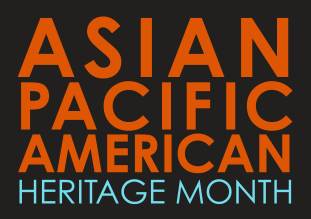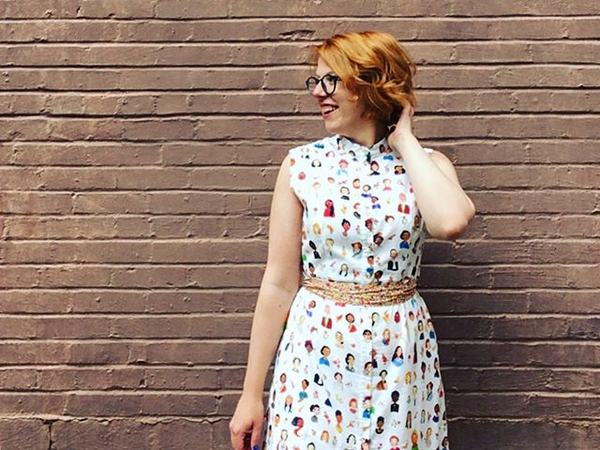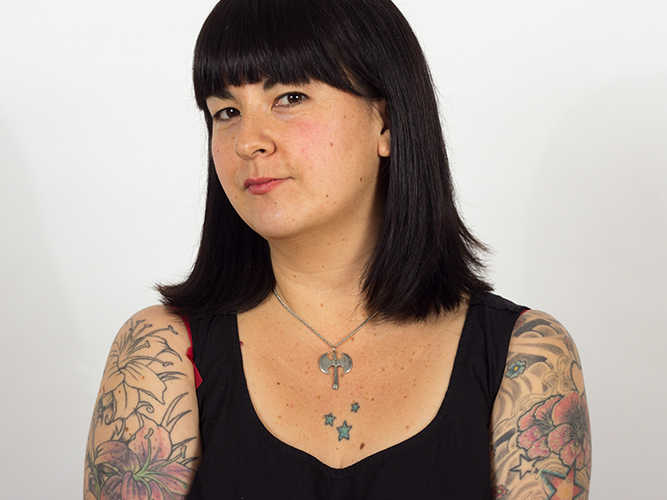
by Joe Corallo | May 31, 2022 | Blog
May marks Asian Americans and Pacific Islanders (AAPI) Heritage Month. It’s a month to celebrate and honor AAPI voices and identities around the world. In order to help celebrate this month, we’d like to highlight a number of Michele Kirichanskaya‘s interviews she’s...

by Michele Kirichanskaya | Jul 12, 2018 | Blog
Mackenzi Lee uses her BA in history and her MFA in writing in increasingly engaging ways: after writing This Monstrous Thing, her Gothic fantasy retelling of Frankenstein, and her New York Times bestseller The Gentleman’s Guide to Vice and Virtue, she published...

by Michele Kirichanskaya | Jun 20, 2018 | Blog
Mariko Tamaki is an artist and writer of mixed Japanese Canadian and Jewish Canadian descent, known for her graphic novels Skim and This One Summer (co-created with her cousin Jillian Tamaki). Recurring themes in her work include becoming, identity, and queerness....




